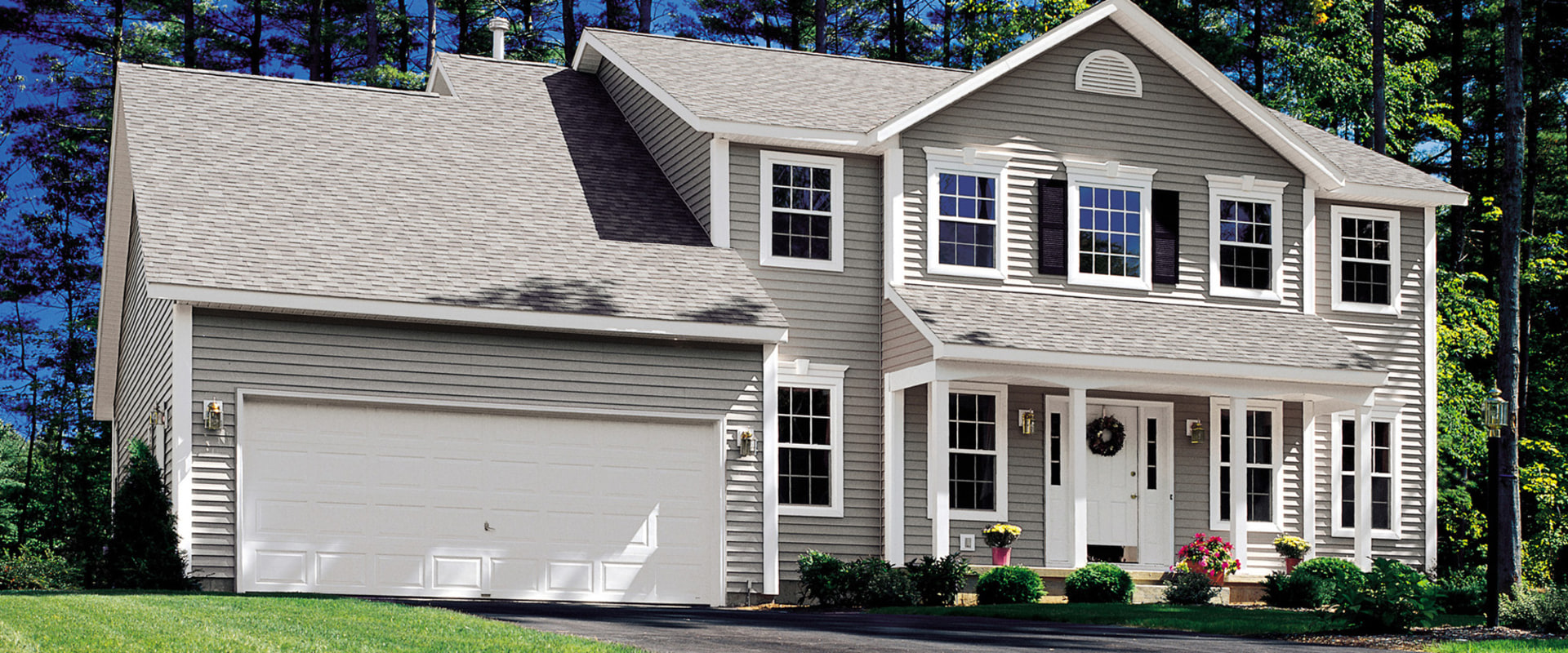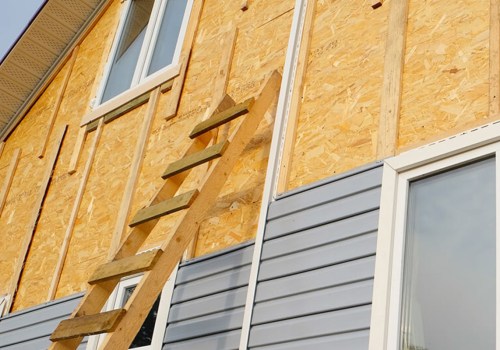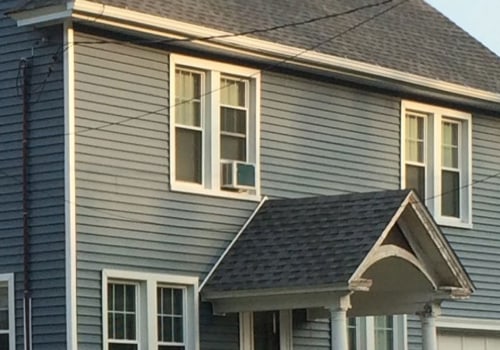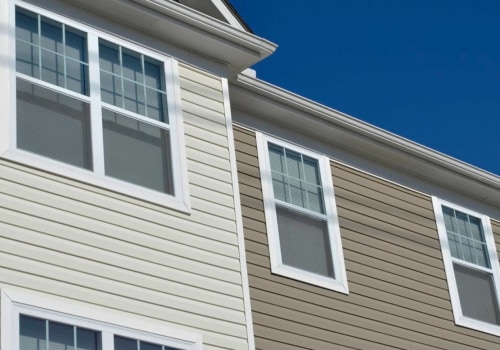However, despite the higher initial cost, insulating vinyl siding is known to provide significant savings over its lifespan, including lower energy bills and protection from impact damage. On the front end, it makes financial sense to cover your old peeled wood siding with a cool, inexpensive vinyl siding. However, this addition may reduce its value. If Your Home Has Historical Significance, Vinyl Siding Can Devastate Your Home's Value.
Insulating vinyl siding is a standard vinyl siding with a rigid foam solid insulation backing. By filling the voids behind the stepped profile of the liner, the insulation makes the entire material stiffer and more resistant to deformation and movement than conventional vinyl siding. The insulation also adds some R value, or insulating quality, to the coating. These benefits make insulating vinyl seem like an easy and valuable upgrade to conventional vinyl, but there is a significant increase in costs with insulating vinyl, and many builders and homeowners are wondering if the price premium is worth it.
The only difference between the insulating vinyl siding and its standard counterpart is the EPS layer of the first. If you don't plan to sell your home soon and aren't too worried about the long-term appearance, standard vinyl siding might be right for you. Knowing the pros and cons of insulating vinyl siding is not always enough when it comes to deciding between one type of coating and another. The NAHB Research Center study was a 22-month field investigation in Maryland (wet mixed climate) that compared the moisture content of structural cladding from multiple conventional wall assemblies that had wall coverings ranging from brick to stucco and conventional vinyl siding and isolated.
Insulating vinyl installation is similar to a standard vinyl installation, so there is no reason for labor costs to be significantly higher with insulating vinyl. Exterior walls are the face of your home, and an easy way to make them look elegant is with vinyl siding. Some industry experts request that the Vinyl Siding Institute perform similar experiments under both pressurized and depressurized conditions. However, if you live in a colder climate area and want to reduce energy costs, if you plan to sell your home in the near future, or if you don't mind the higher upfront costs as long as the siding is durable, you should go for an insulating vinyl siding.
Without the traditional air gap provided by common vinyl siding, you end up with a type of siding with very little, if any, ability to dry outside. Studies are inconclusive as to whether applying vinyl siding to homes causes health problems for residents. Unlike standard vinyl siding, which has a stepped profile on both sides, the insulating vinyl siding has a flat back that makes it easy to install flush with the wall. However, it costs more, so you'll need to balance the cost of fiber cement with the potential costs of repairing vinyl siding in case cold temperatures prove harmful.
Manufacturers often claim a significant reduction in thermal bridging when homes have insulated vinyl siding. You get rid of all the disadvantages of vinyl siding (it's ugly) without any of its advantages (a built-in ventilation channel). Since the effectiveness of vinyl siding depends on proper installation, poor quality work means even worse problems in the long run. Insulating vinyl siding has an outer layer made of polyvinyl chloride or PVC, just like standard vinyl siding.
.





Leave Reply